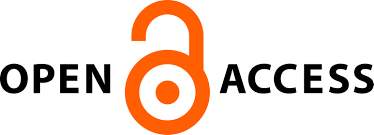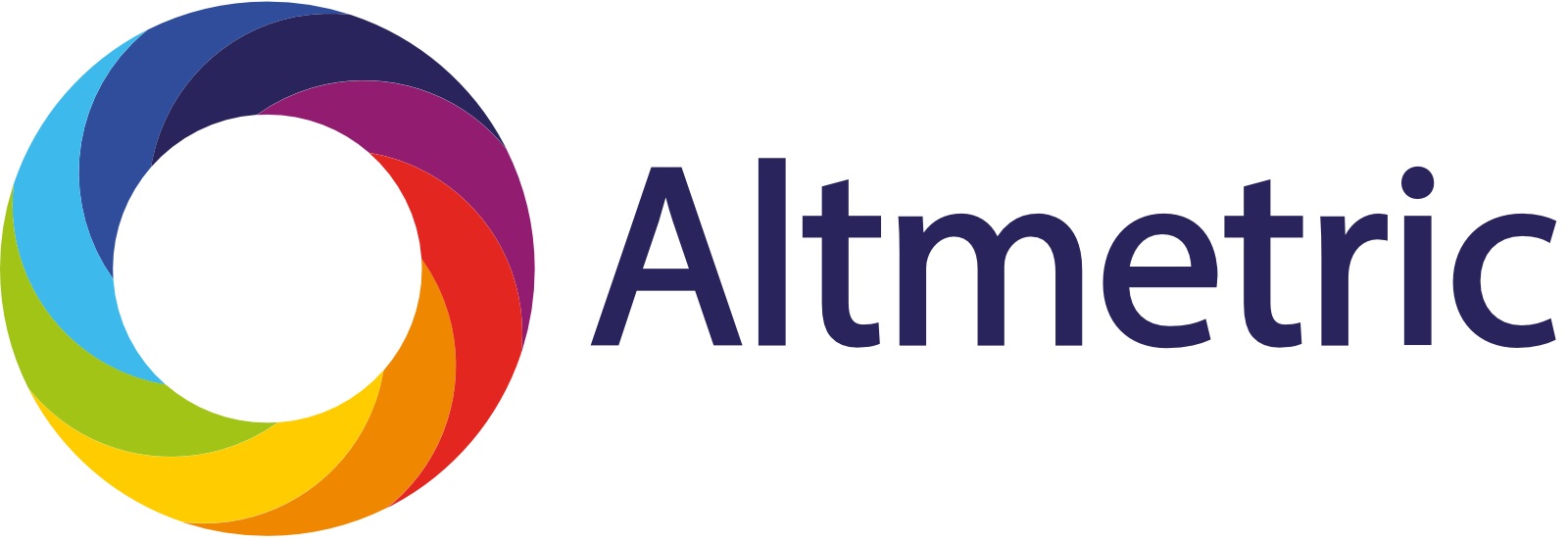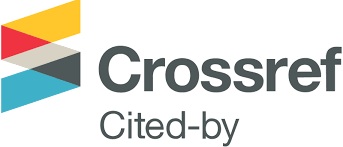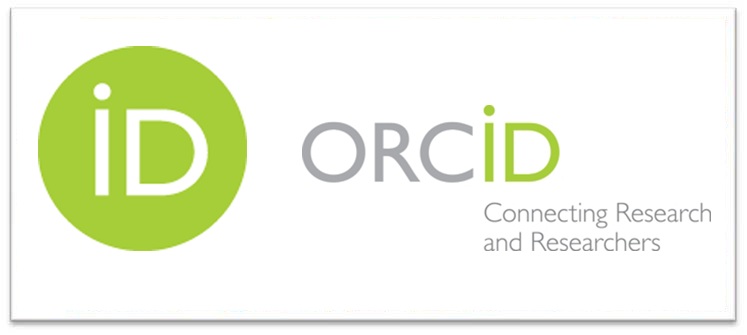“Glass ceilings” and other metaphors we work by:
An exploration of the impact of stereotype and metaphor on women’s corporate leadership careers
DOI:
https://doi.org/10.59973/emjsr.224Keywords:
Glass Ceiling, Corporate Leadership, Women Leaders, Stereotype, Metaphor, Conceptual Metaphor TheoryAbstract
Workplace gender equality issues and, specifically, women’s corporate leadership careers have attracted significant attention and debate during the past fifty years [1]. Corporate leadership has a critical impact on the world we live in, both economically and socially, and, despite inconclusive research findings [2], the benefits of management and board diversity have been widely accepted [3]. Post et al. [4], amongst others, have highlighted the particular effectiveness of women’s leadership qualities during crises, and I would suggest that women corporate leaders are probably more important than ever at this time of political and economic uncertainty, and that the gap in corporate female representation at leadership level is therefore a continuing cause for concern [5]. I believe that one reason for this gap is the persuasive impact of stereotypes of corporate
leadership and of metaphors in reinforcing these stereotypes. This paper reviews how stereotype and metaphor may affect women’s progress towards corporate leadership parity, focusing on the “Think manager – think male” stereotype [6] [7] and the metaphors that support this stereotype, in particular the “glass ceiling”.
References
S. Feenstra, J.J. Stoker, J. Lammers, H. Garretsen, Managerial stereotypes over time: the rise of feminine leadership, Gender in Management: An International Journal, 38(6), 770–783, 2023. DOI: https://doi.org/10.1108/GM-10-2022-0331
S. Reddy, A.M. Jadhav, Gender diversity in boardrooms – a literature review, Cogent Economics and Finance, 7(1), 2019. DOI: https://doi.org/10.1080/23322039.2019.1644703
C. Fine, V. Sojo, H. Lawford-Smith, Why does workplace gender diversity matter? Justice, organizational benefits, and policy, Social Issues and Policy Review, 14(1), 36–72, 2020. DOI: https://doi.org/10.1111/sipr.12064
C. Post, I.M. Latu, L.Y. Belkin, A female leadership trust advantage in times of crisis: under what conditions?, Psychology of Women Quarterly, 43(2), 215–231, 2019. DOI: https://doi.org/10.1177/0361684319828292
L. Kemp, Having women in leadership roles is more important than ever, here’s why, World Economic Forum, 2020.
V.E. Schein, Sex role stereotyping, ability and performance: prior research and new directions, Personnel Psychology, 31(2), 259–268, 1978. DOI: https://doi.org/10.1111/j.1744-6570.1978.tb00445.x
V.E. Schein, Women in management: reflections and projections, Women in Management Review, 22(1), 6–18, 2007. DOI: https://doi.org/10.1108/09649420710726193
G. Lakoff, M. Johnson, Metaphors we live by, University of Chicago Press, London and Chicago, 2003 (original work published 1980). DOI: https://doi.org/10.7208/chicago/9780226470993.001.0001
C.J. Beukeboom, C. Burgers, How stereotypes are shared through language, Review of Communication Research, 7, 1–36, 2019. DOI: https://doi.org/10.12840/issn.2255-4165.017
N. Ellemers, Gender stereotypes, Annual Review of Psychology, 69, 275–298, 2018. DOI: https://doi.org/10.1146/annurev-psych-122216-011719
J.F. Dovidio, M. Hewstone, P. Click, V.M. Esses, The SAGE handbook of prejudice, stereotyping and discrimination, pp. 3–28, SAGE Publications, 2018.
M. Rabin, Cognitive dissonance and social change, 1991.
S.J. Spencer, C. Logel, P.G. Davies, Stereotype threat, Annual Review of Psychology, 67, 415–437, 2016. DOI: https://doi.org/10.1146/annurev-psych-073115-103235
E. Borelli, C. Cacciari, The comprehension of metaphorical descriptions conveying gender stereotypes, Frontiers in Psychology, pp. 1–11, 2019. DOI: https://doi.org/10.3389/fpsyg.2019.02615
L. Martin, A report on the glass ceiling initiative, 1991.
R.K. Hendricks, Z. Demj´en, E. Semino, L. Borodit, Emotional implications of metaphor, Metaphor and Symbol, 33(4), 267–279, 2018. DOI: https://doi.org/10.1080/10926488.2018.1549835
C. Schreiner, M. Appel, M-B. Isberner, T. Richter, Argument strength and the persuasiveness of stories, Discourse Processes, 55(4), 371–386, 2017. DOI: https://doi.org/10.1080/0163853X.2016.1257406
L.D. Ritchie, Metaphor and story-telling, in E. Semino, Z. Demj´en (Eds.), The Routledge handbook of metaphor and language, pp. 337–352, 2016.
P. Hazel, Narrative: an introduction, 2007.
M.E. Heilman, Description and prescription: how gender stereotypes prevent women’s ascent up the organizational ladder, Journal of Social Issues, 57(4), 657–674, 2002. DOI: https://doi.org/10.1111/0022-4537.00234
K. Merchant, How men and women differ: gender differences in communication styles, influence tactics, and leadership styles, 2012.
M. Foley, S. Williamson, Does anonymising job applications reduce gender bias?, Gender in Management: An International Journal, 33(8), 623–635, 2018. DOI: https://doi.org/10.1108/GM-03-2018-0037
R.E. Steinpreis, K.A. Anders, D. Ritzke, The impact of gender on the review of curricula vitae, Sex Roles, 41(7/8), 509–528, 1999. DOI: https://doi.org/10.1023/A:1018839203698
S. Braun et al., Think manager—think male, think follower—think female, Journal of Applied Social Psychology, 47(7), 377–388, 2017. DOI: https://doi.org/10.1111/jasp.12445
C. Hatcher, Refashioning a passionate manager: gender at work, Gender, Work and Organisation, 16(4), 391–396, 2003. DOI: https://doi.org/10.1111/1468-0432.00203
M. Maheshwari, U. Lenka, An integrated conceptual framework of the glass ceiling effect, Journal of Organizational Effectiveness, 9(3), 372–400, 2022. DOI: https://doi.org/10.1108/JOEPP-06-2020-0098
P. Smith, P. Caputi, N. Crittenden, A maze of metaphors around glass ceilings, 2012. DOI: https://doi.org/10.1108/17542411211273432
A. Mehrabian, Silent messages, 2nd ed., 1981.
B. Winter, S.E. Duff, J. Littlemore, Power, gender, and individual differences in spatial metaphor, Metaphor and Symbol, 35(3), 188–205, 2020. DOI: https://doi.org/10.1080/10926488.2020.1794319
N. Zarzeczna et al., Powerful men on top, Journal of Experimental Psychology, 46(1), 36–65, 2020. DOI: https://doi.org/10.1037/xhp0000699
A.A. Eagly, L.H. Carli, Women and the labyrinth of leadership, Harvard Business Review, 2007. DOI: https://doi.org/10.1108/hrmid.2008.04416aad.004
S. Sandberg, N. Scovell, Lean in, Penguin Random House, London, 2015 (original published 2013).
G. Steen, Deliberate Metaphor Theory: Basic assumptions, main tenets, urgent issues. Intercultural Pragmatics, 14, (1) 1–24 (2017). DOI: https://doi.org/10.1515/ip-2017-0001
F. Ervas, Another metaphor is possible. Challenging social stereotypes in figurative language comprehension. Reti, Saperi, Lin-guaggi, 4 (1), 79-96 (2017).
McKinsey & Company, Women in the Workplace 2024: The 10th-anniversary report. Women in the Workplace 2024 report McKinsey (2024).
K.T. Schneider, N.J. Carpenter, Sharing #MeToo on Twitter: incidents, coping responses, and social reactions. Equality, Diversity and Inclusion: an International Journal, 39, (1), 87-100 (2020). DOI: https://doi.org/10.1108/EDI-09-2018-0161

Downloads
Published
How to Cite
Issue
Section
License
Copyright (c) 2025 Nancy Stimson

This work is licensed under a Creative Commons Attribution 4.0 International License.














